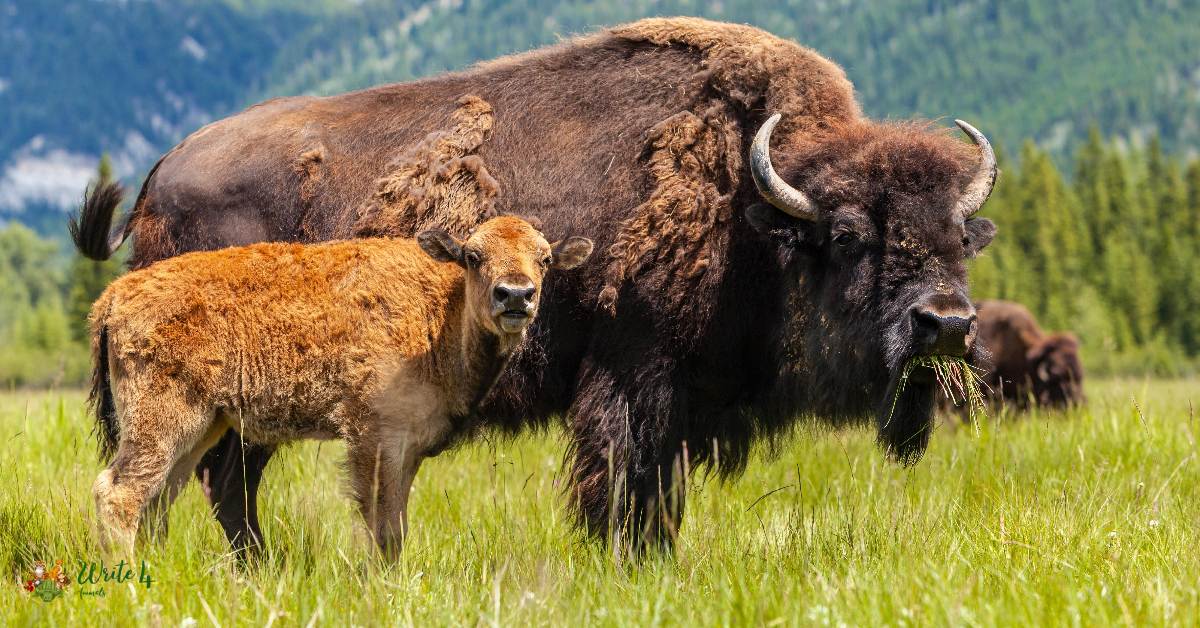Nature, with its boundless creativity, has bestowed upon us a stunning array of animals, each uniquely adapted to its environment. While the world may be filled with creatures of various colors, there’s something enchanting about those adorned in shades of brown.
In this ode to Earth’s chromatic diversity, we turn our attention to the understated beauty of brown animals. From the tiny insects that scuttle beneath our feet to the majestic mammals that roam the wilderness, the spectrum of brown in the animal kingdom is as diverse as the habitats they inhabit. In this blog post we will unveil 15 brown animals that contribute to the intricate mosaic of life.
15 Brown Animals in the World
1. Bongo Antelope
In the heart of Central Africa’s lush rainforests, the Bongo Antelope gracefully navigates its habitat, captivating with its chestnut-brown coat adorned with distinctive white stripes.
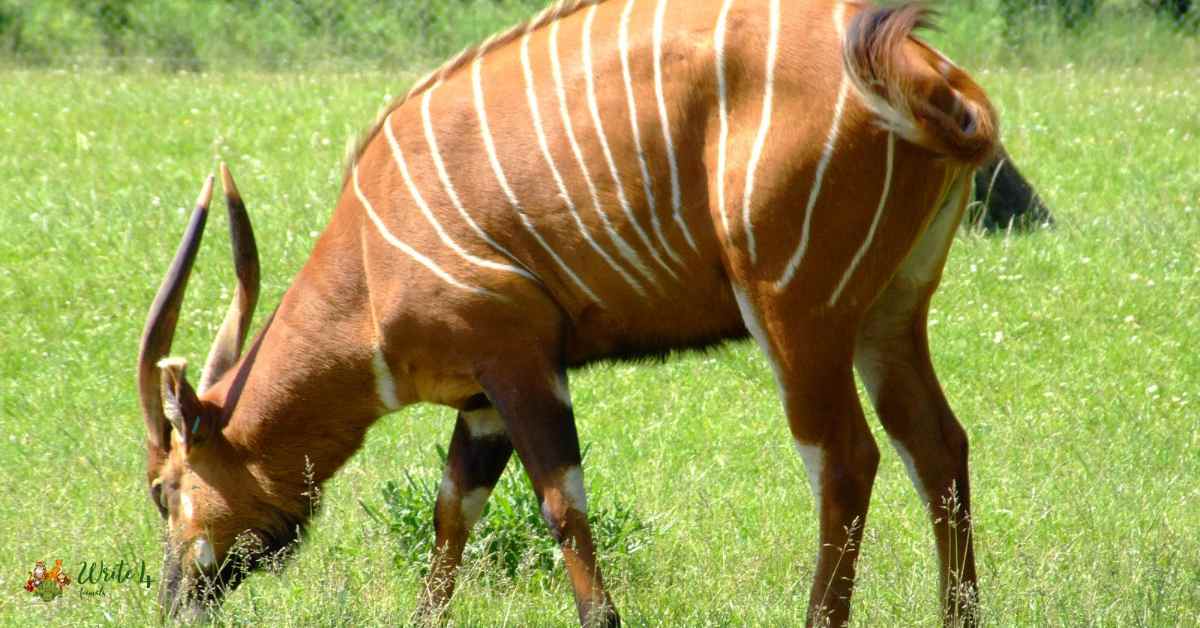
As one of the iconic brown animals, the Bongo’s earthy elegance reflects its ability to blend seamlessly into the dense vegetation, showcasing both grace and agility. Despite their considerable size, these herbivores move with remarkable finesse, symbolizing the harmonious balance of nature in their verdant realm.
Their unique markings and elusive nature make encounters with the Bongo a rare and enchanting experience, underlining the importance of preserving their habitat to ensure the continued existence of these magnificent brown animals.
2. Brown Bear
Roaming through the temperate and boreal forests of North America, Europe, and Asia, the Brown Bear emerges as a symbol of strength and wilderness among big brown animals. Its thick fur, ranging from light brown to nearly black, provides insulation against harsh climates and serves as a distinctive feature of these powerful mammals.
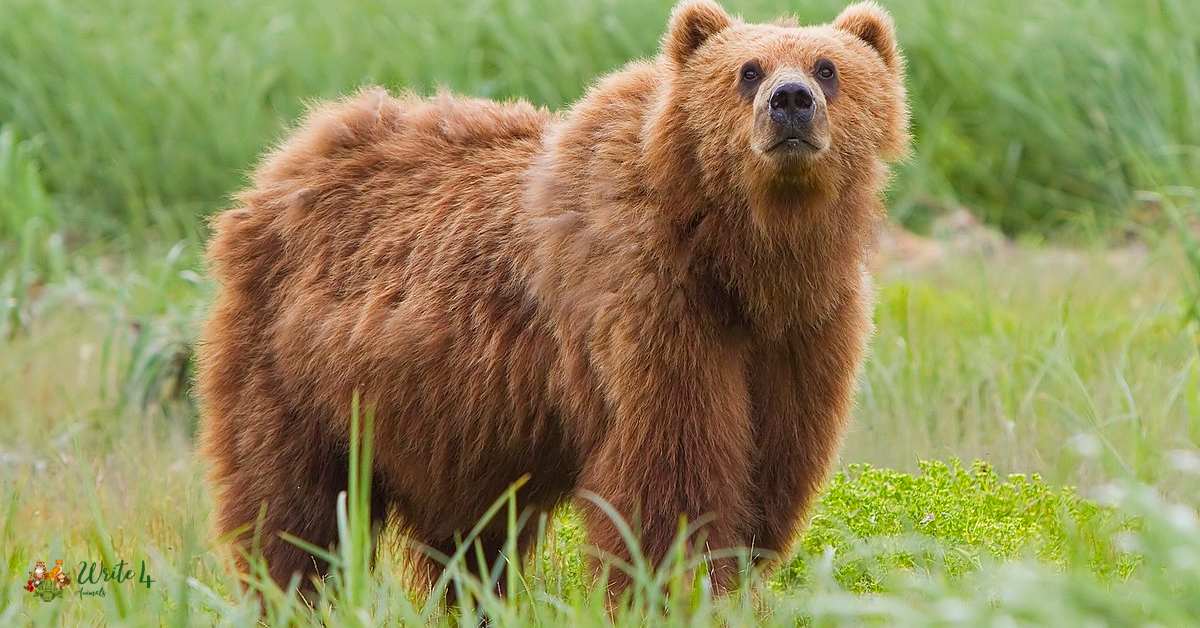
As an apex predator, Brown Bears play a vital role in maintaining ecological balance by regulating prey populations and influencing plant growth.
Their iconic presence resonates with the untamed beauty of nature, emphasizing the significance of conservation efforts to protect these majestic brown animals and the ecosystems they inhabit. Through their impressive stature and primal elegance, Brown Bears stand as ambassadors for the wild places they call home.
3. Brown Thrasher
In the woodlands and gardens of North America, the Brown Thrasher stands out as a charming songster among cute brown animals. With its intricate brown plumage and captivating yellow eyes, this avian marvel enchants bird enthusiasts with both its appearance and melodious tunes.
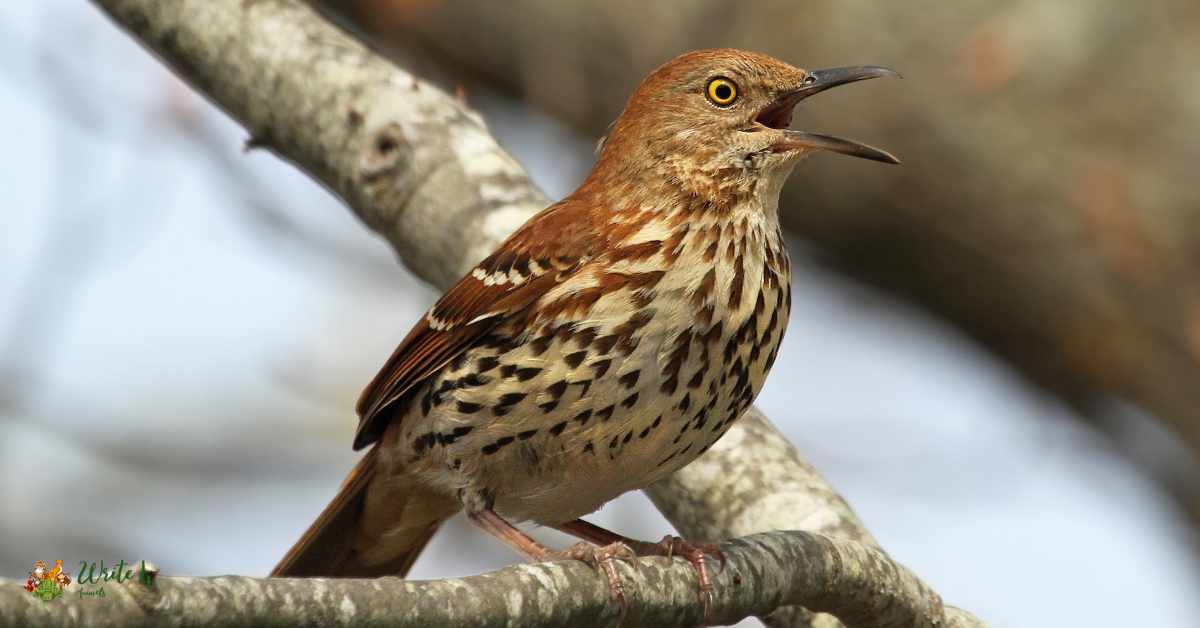
As a symbol of nature’s harmonious symphony, the Brown Thrasher contributes to the rich biodiversity of its habitat. The earthy tones of its feathers mirror the woodlands it calls home, creating a seamless connection between the bird and its environment.
Through its expressive calls and vibrant presence, the Brown Thrasher exemplifies the beauty of avian life, reminding us of the delicate balance that exists within ecosystems and the importance of preserving habitats for these enchanting brown animals.
4. Brown Trout
Flowing through freshwater streams and rivers, the Brown Trout emerges as a prized inhabitant among brown animals, captivating the hearts of anglers worldwide. Its olive-brown coloration serves as a natural camouflage, allowing it to navigate the swift currents with finesse.
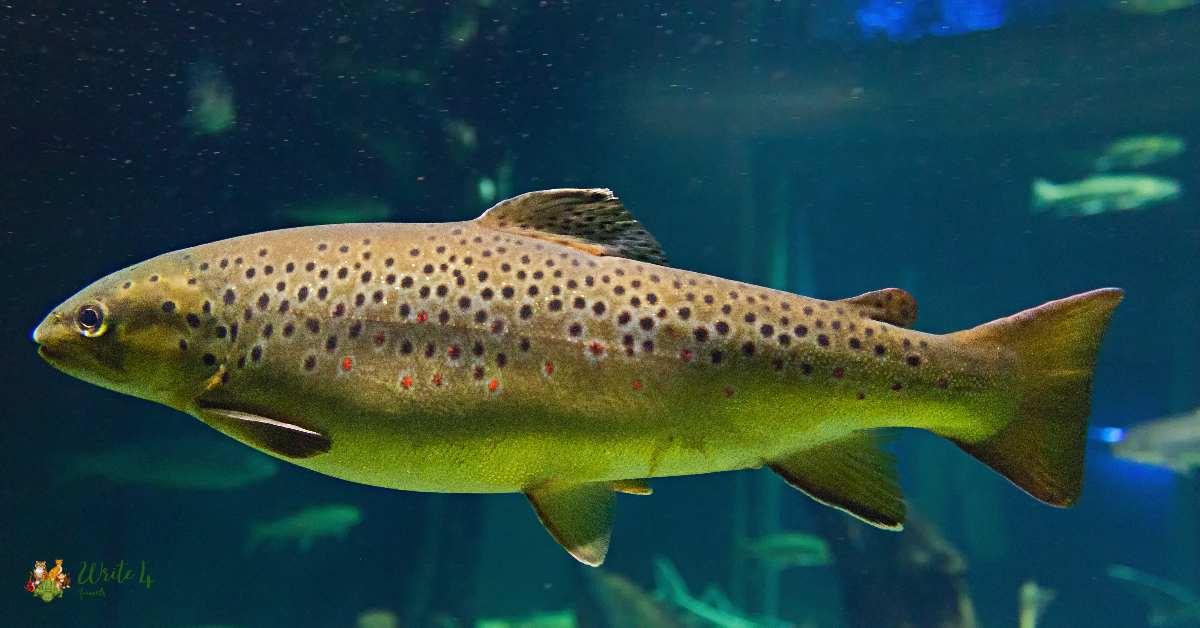
As an indicator species, the health of Brown Trout populations reflects the overall well-being of freshwater ecosystems. Their presence is not only a testament to the vitality of clean and unpolluted waters but also a reminder of the delicate balance that aquatic ecosystems require.
Whether sought after for sport or admired for their ecological significance, Brown Trout contribute to the dynamic beauty of freshwater environments, underscoring the importance of responsible conservation practices to ensure the thriving existence of these magnificent brown animals.
5. Bush Pig
In the sweeping savannas and grasslands of Africa, the Bush Pig emerges as a charismatic member of the wild pig family among brown animals. Its shaggy brown coat serves as an effective disguise, allowing it to blend seamlessly into the earthy tones of its expansive habitat.
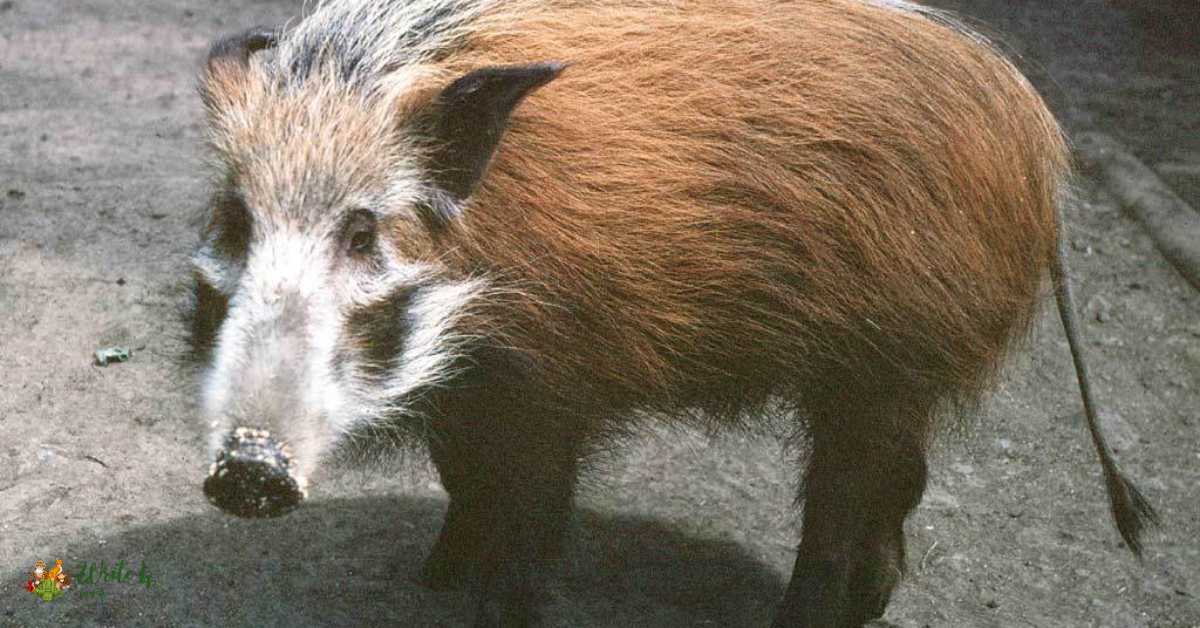
The Bush Pig’s adaptability to diverse landscapes showcases the resilience of these fascinating creatures in the wild. With a penchant for foraging and a distinctive appearance, this wild swine contributes to the intricate tapestry of Africa’s ecosystems.
As a symbol of both tenacity and adaptability, the Bush Pig holds a unique place in the complex web of life, emphasizing the need to preserve the habitats that sustain these captivating brown animals.
6. American Bison
Roaming the vast plains of North America, the American Bison commands attention with its distinctive hump and shaggy brown fur. Among dark brown animals, the Bison stands as a symbol of resilience and conservation success.
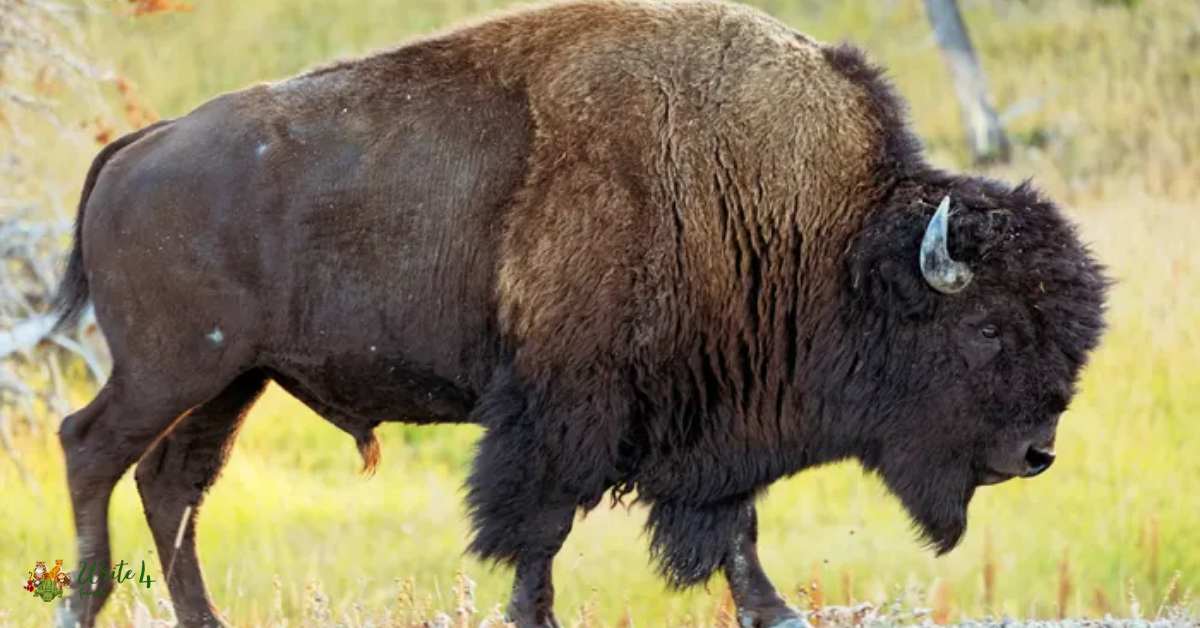
Once on the brink of extinction due to overhunting, concerted efforts have allowed these majestic herbivores to reclaim their place in the natural order. Their large herds, grazing habits, and iconic presence contribute to the shaping of North America’s grasslands.
Through conservation initiatives, the American Bison’s resurgence underscores the potential for positive change in the face of environmental challenges.
Preserving the habitats of these powerful brown animals not only safeguards their future but also fosters the restoration of ecosystems where they play a pivotal role.
7. Bactrian Camel
Navigating the arid landscapes of Central Asia, the Bactrian Camel stands out as an emblem of adaptability and endurance among brown animals. With its luxurious brown coat, these dual-humped camels are well-suited to withstand the extremes of temperature in their harsh environment.
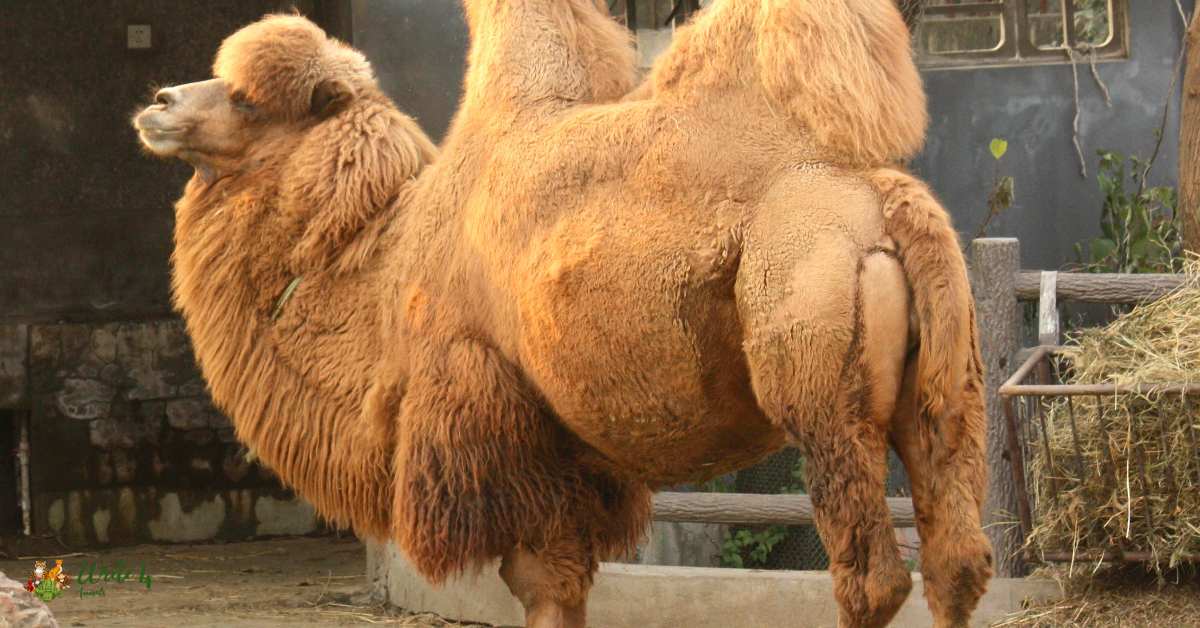
The Bactrian Camel’s ability to thrive in arid conditions is a testament to its evolutionary adaptations and resilience in the face of challenging climates. As vital companions to human societies in these regions, Bactrian Camels represent a harmonious coexistence between nature and culture.
Their significance extends beyond their role as pack animals, highlighting the need to appreciate and protect the habitats that sustain these remarkable brown animals in the vast and challenging landscapes they call home.
8. Capybara
In the wetlands and forests of South America, the Capybara reigns as the world’s largest rodent, distinguished by its dense brown fur among brown animals. These semi-aquatic mammals thrive in a variety of habitats, forming close-knit social groups that contribute to the unique dynamics of their ecosystems.
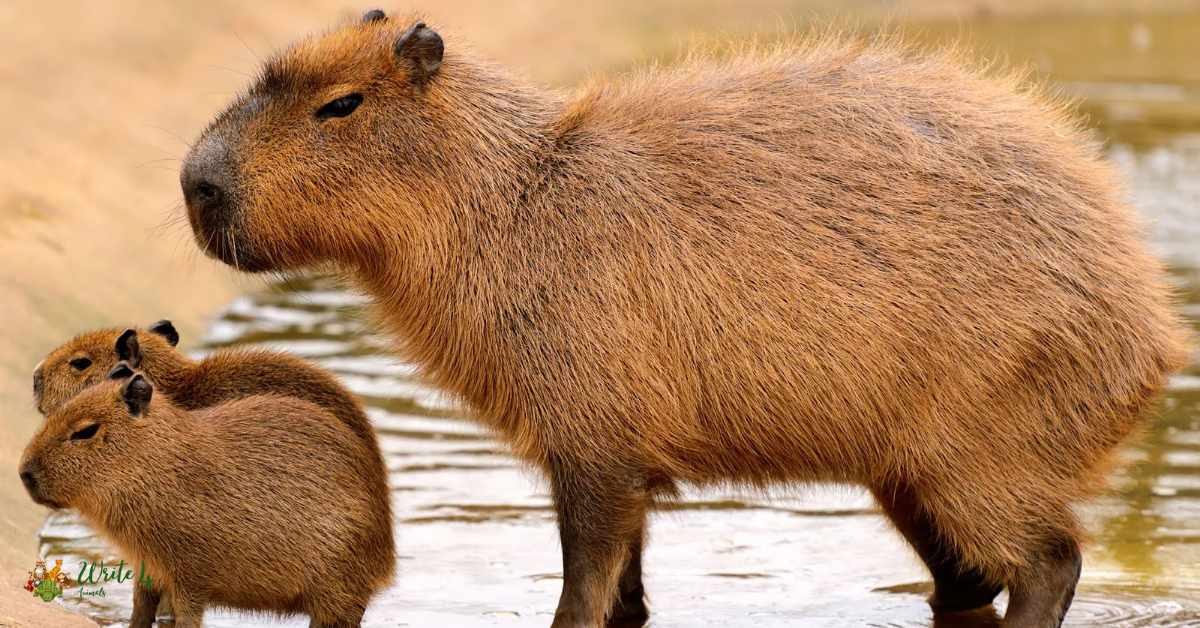
As herbivores, Capybaras play a crucial role in shaping vegetation and influencing the balance of their environments. With their friendly and sociable nature, these charismatic rodents have captured the fascination of observers and researchers alike.
The Capybara’s contribution to the biodiversity of South American ecosystems underscores the importance of conservation efforts to protect their habitats and ensure the continued well-being of these endearing brown animals.
9. Alpaca
Native to the high-altitude regions of South America, the Alpaca enchants with its soft and luxurious brown fleece among brown animals. Revered for their gentle nature and valuable fiber, these camelid relatives of the llama have been domesticated for centuries.
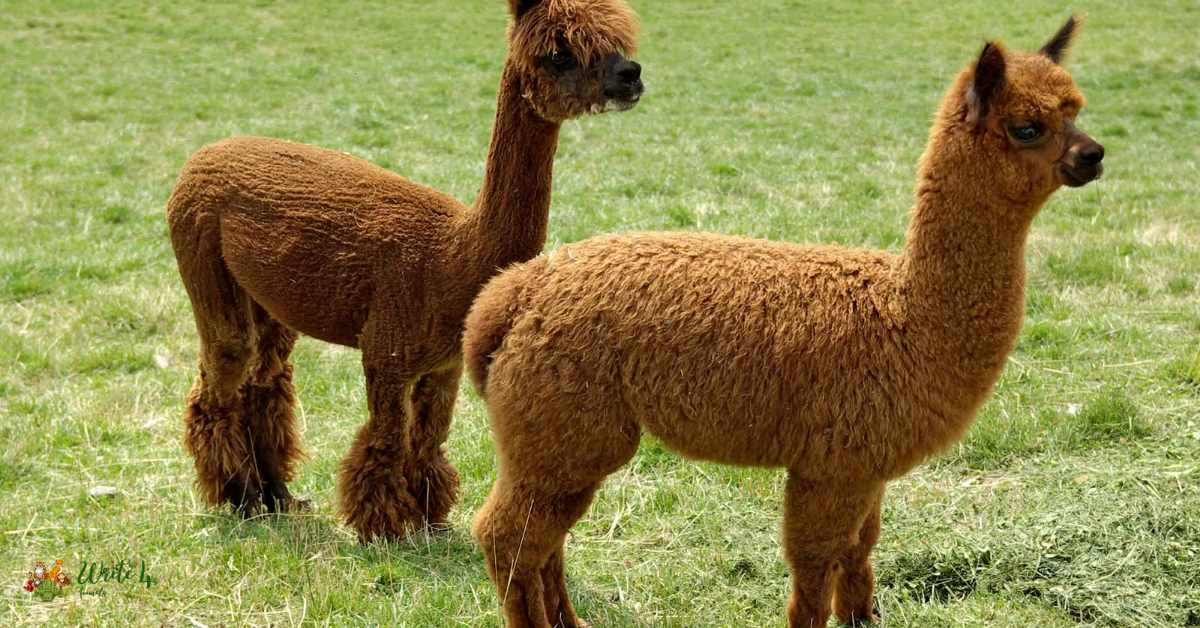
Alpacas hold a special place in Andean cultures, providing not only fiber for textiles but also companionship and spiritual significance. Their adaptability to mountainous terrains showcases their resilience in challenging conditions.
Through sustainable practices and responsible breeding, Alpacas continue to be cherished for their contributions to traditional crafts and the global textile industry.
As we appreciate the beauty of their brown coats, it becomes evident that the preservation of Alpacas and their habitats is essential for both cultural heritage and the well-being of these endearing brown animals.
10. Mink
Slipping into the world of aquatic habitats, the Brown Mink emerges as a sleek and agile predator among brown animals. Their rich brown fur, prized for its luxurious quality, unfortunately, has led to exploitation in the fur trade. Minks possess a unique semi-aquatic lifestyle, thriving in both freshwater and coastal environments.
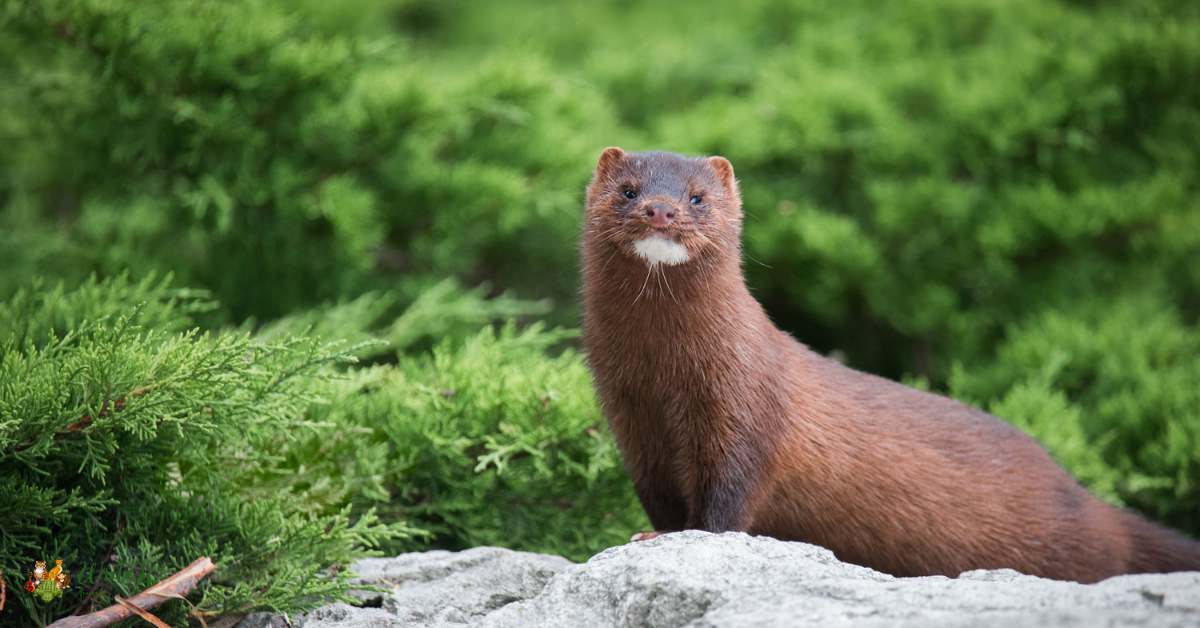
As carnivores, they play a role in controlling aquatic populations, contributing to the delicate balance of ecosystems. However, the demand for their fur has resulted in challenges for wild populations.
Conservation efforts are crucial to protect these enchanting brown animals from exploitation, ensuring the health of aquatic ecosystems they inhabit. By fostering responsible management and ethical practices, we can strive to coexist with these aquatic inhabitants, appreciating the Brown Mink’s natural behaviors and contributions to ecosystem dynamics.
11. Red Kangaroo
Hopping across the vast, arid landscapes of Australia, the Red Kangaroo emerges as an iconic marsupial among brown animals. Distinguished by its striking reddish-brown coat, this herbivorous giant showcases both adaptability and resilience in the challenging conditions of the Australian outback.
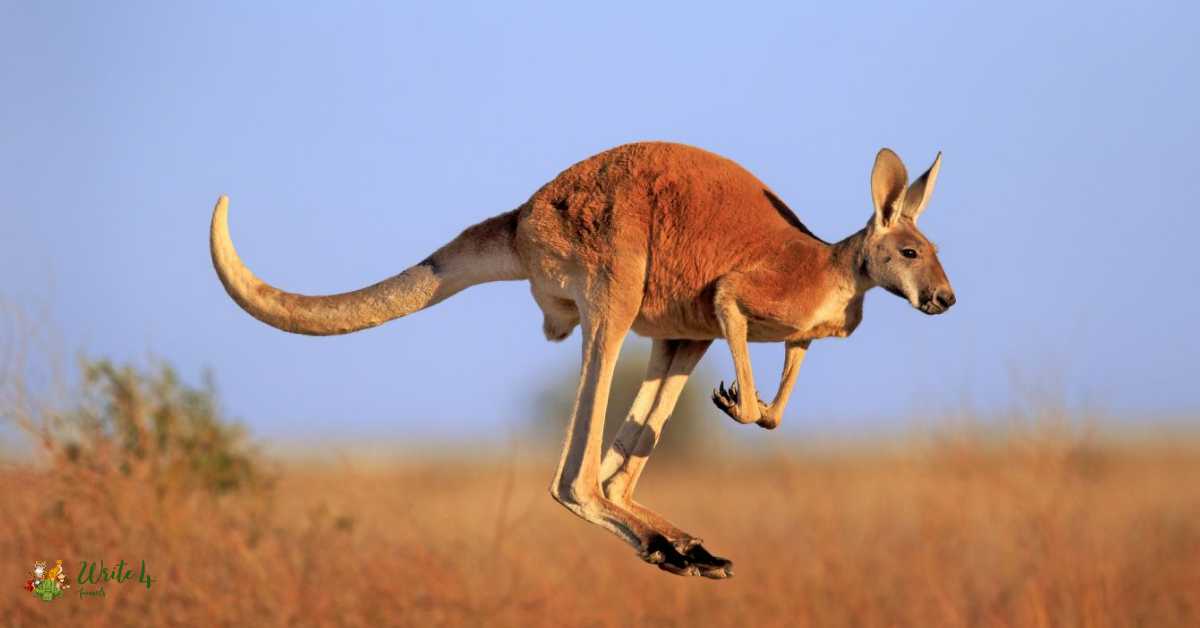
The Red Kangaroo’s powerful hind legs and distinctive tail enable remarkable agility and efficient travel across the vast expanses of its habitat. As the largest marsupial, these iconic creatures play a crucial role in shaping the dynamics of Australia’s ecosystems.
Their presence influences vegetation and supports biodiversity, emphasizing the interconnectedness of species within their environments.
The conservation of the Red Kangaroo and its habitat reflects the commitment to preserving Australia’s unique biodiversity and the remarkable adaptations that define the lives of these captivating brown animals.
12. Bald Eagle
Returning to North America, the Bald Eagle graces our list as a symbol of freedom and strength among dark brown animals. With its distinctive brown plumage and white head, this majestic bird of prey has become an iconic national symbol.
Once on the brink of extinction due to habitat loss and environmental contaminants, the successful conservation efforts have led to the resurgence of Bald Eagle populations.
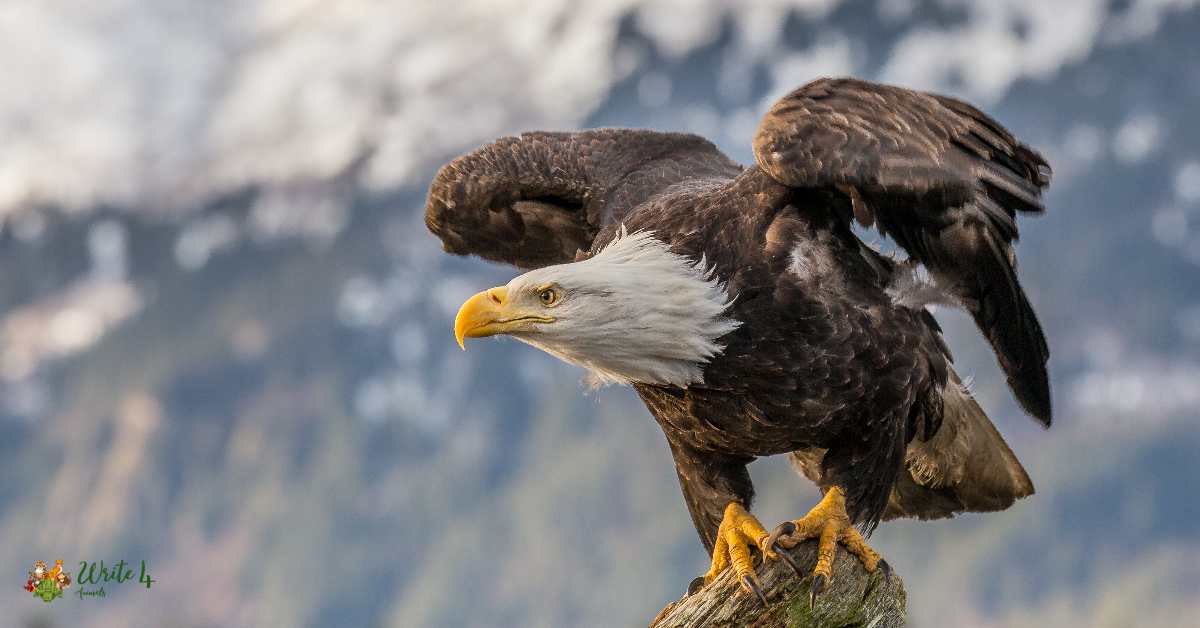
Their impressive wingspan and keen eyesight make them formidable hunters, contributing to the regulation of ecosystems. Through the preservation of their habitats and continued conservation efforts, the Bald Eagle stands as a testament to the power of environmental stewardship.
As they soar through the skies, these magnificent brown animals inspire awe and appreciation for the importance of protecting the natural world they call home.
13. Pangolin
Venturing into the tropics of Africa and Asia, the Pangolin emerges as a unique and endangered species among brown animals. With its brown, armor-like exterior, this scaly mammal is a critical player in insect population control, feasting on termites and ants.
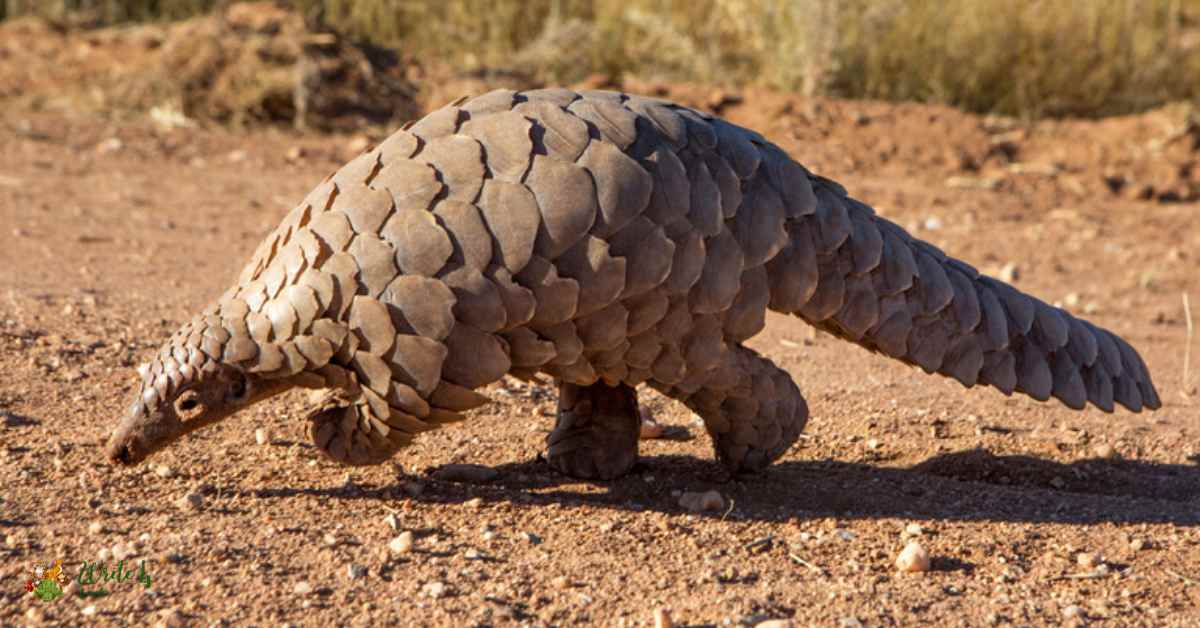
Unfortunately, the Pangolin faces severe threats due to illegal trade and habitat destruction. Their elusive nature and distinctive appearance have made them targets for poaching, endangering their populations across their native range.
Conservation initiatives are urgently needed to safeguard these extraordinary brown animals from exploitation. As ambassadors of biodiversity, Pangolins highlight the interconnectedness of ecosystems and the importance of preserving habitats to ensure the survival of these ancient and enigmatic creatures.
14. Walrus
Navigating the cold waters of the Arctic and subarctic regions, the Walrus stands out with its massive size and distinctive brownish skin among marine brown animals. Known for their social behavior, large tusks, and blubbery bodies, Walruses are vital components of polar ecosystems.
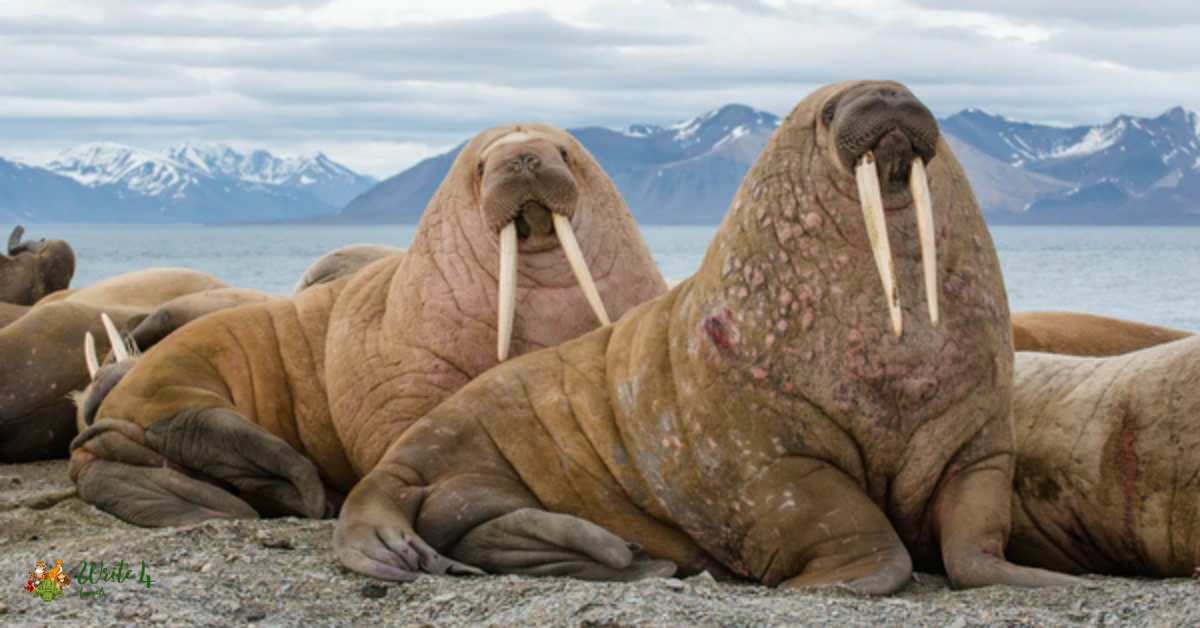
Their brown skin, sparsely covered with coarse hairs, serves as insulation against the frigid temperatures of their icy habitat. As benthic feeders, Walruses play a crucial role in shaping marine environments by influencing the abundance of certain species and maintaining the balance of underwater ecosystems.
Conservation efforts are essential to protect these unique brown animals from the impacts of climate change and anthropogenic activities, ensuring the sustainability of their populations and the delicate Arctic ecosystems they inhabit.
15. Ruddy Duck
Our journey concludes with the Ruddy Duck, a charming waterfowl found in North and South America among brown animals. Distinguished by its striking chestnut-brown plumage, the Ruddy Duck adds a splash of color to freshwater habitats.
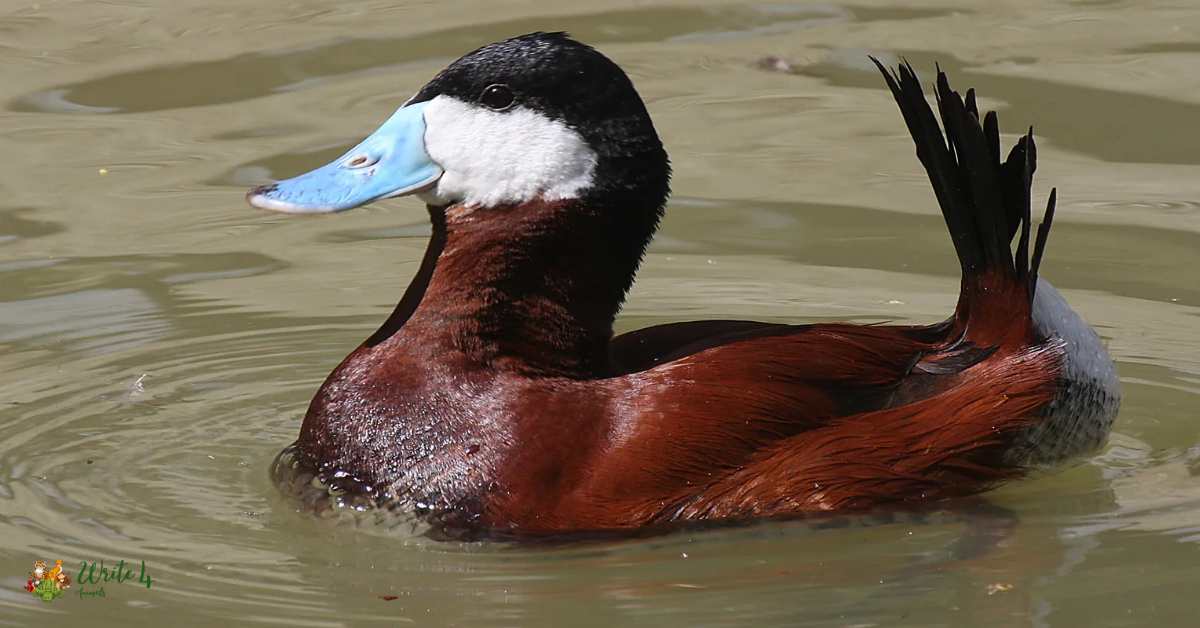
Their vibrant appearance and distinctive behaviors, including courtship displays and bobbing movements, contribute to the dynamic tapestry of avian life. As dabbling ducks, Ruddy Ducks play a role in shaping aquatic ecosystems by influencing plant growth and supporting insect control.
The preservation of their wetland habitats is essential to ensure the continued well-being of these endearing brown animals. Through conservation efforts and an appreciation for the ecological services they provide, the Ruddy Duck symbolizes the interconnectedness of waterfowl and the delicate balance of life in freshwater environments.
Frequently Asked Questions
What makes an animal brown?
The brown coloration in animals is often the result of pigments in their fur, feathers, or skin. Melanin, the pigment responsible for various colors in animals, plays a significant role in producing brown hues. Additionally, structural factors, such as the presence of specific proteins and the arrangement of microscopic structures, can contribute to the perception of brown colors in animals.
Why are some animals brown?
Brown coloration in animals serves various purposes. It can provide effective camouflage in specific habitats, helping animals blend into their surroundings and avoid predators or facilitate successful hunting. Brown colors may also serve as a form of visual communication within a species, influencing mate selection or establishing social hierarchies. Additionally, environmental factors, such as the availability of certain pigments or the need for thermal regulation, can influence an animal’s coloration.
What role do brown animals play in ecosystems?
Brown animals, like all members of ecosystems, play crucial roles in maintaining ecological balance. They contribute to nutrient cycling, control populations of other species, and influence vegetation dynamics. Some brown animals are key pollinators, seed dispersers, or predators that help regulate insect or rodent populations. Their interactions with other species and their environment contribute to the overall health and stability of ecosystems.
Are brown animals more common in certain environments?
Brown animals are found in a wide range of environments, and their coloration is often adapted to their specific habitats. For example, animals in forested areas may have brown coloration for effective camouflage, while those in arid regions might have brown hues that match the earthy tones of their surroundings. However, brown animals can be found in diverse ecosystems, from deserts to grasslands and aquatic environments.
How do conservation efforts impact brown animals?
Conservation efforts are vital for the well-being of brown animals, especially those facing threats such as habitat loss, pollution, or illegal trade. Conservation initiatives aim to protect natural habitats, implement sustainable practices, and raise awareness about the importance of preserving biodiversity. Brown animals, often key components of their ecosystems, benefit from these efforts that seek to address the root causes of threats and ensure the long-term survival of their populations.
Can brown animals change color?
In some cases, animals with brown coloration may exhibit seasonal color changes or variations. This can be influenced by factors such as temperature, diet, and hormonal changes. For example, certain mammals may develop thicker or lighter fur during different seasons for better insulation or camouflage. However, these changes are typically within a range of brown hues rather than a complete shift to a different color.
Are there endangered brown animals?
Yes, several brown animals are classified as endangered or vulnerable due to various threats, including habitat destruction, climate change, poaching, and pollution. Examples include the Pangolin, whose populations are severely impacted by illegal trade, and the Walrus, facing challenges from melting sea ice. Conservation efforts are essential to protect these brown animals and their habitats to prevent further population declines and ensure their survival.
Recommended
1. Ragdoll Tabby Mix | ragdoll tabby
2. Kangal Dog Price, Characteristics, and More 2023
